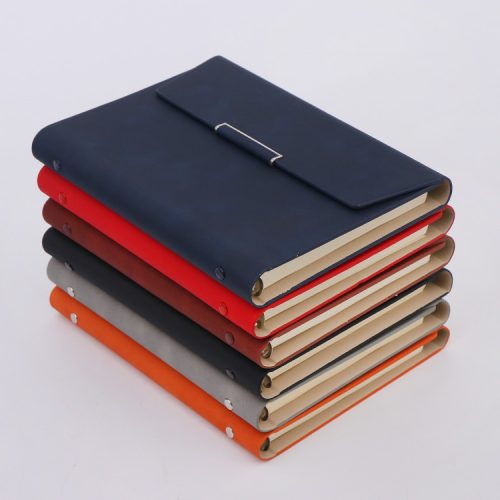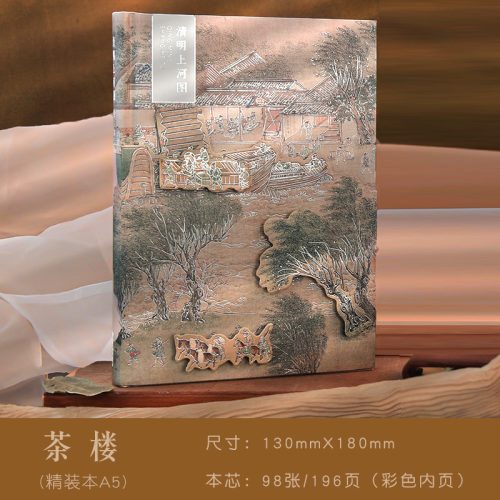Starting with a fountain pen as a beginner can be a delightful and elegant choice for improving your handwriting and enhancing your writing experience. Here are some recommendations and tips to get started with elegance:
- Choose a Beginner-Friendly Fountain Pen:
- Opt for a fountain pen that’s known for its ease of use and reliability. Some well-regarded beginner-friendly options include the Lamy Safari, Pilot Metropolitan, and TWSBI Eco. These pens are affordable, durable, and designed for newcomers to fountain pens.
- Nib Size Selection:
- Beginners often find that medium or fine nibs are the easiest to start with. These nib sizes offer good balance between smoothness and precision. You can experiment with broader nibs as you become more comfortable.
- Smooth Writing Paper:
- Use high-quality, smooth paper to enhance the writing experience. Paper designed for fountain pens, such as Rhodia or Clairefontaine, is an excellent choice. Avoid absorbent or rough papers, as they can cause feathering or bleed-through.
- Proper Grip and Posture:
- Hold the pen with a relaxed, tripod grip. This involves lightly gripping the pen between your thumb and the first two fingers. Maintain good posture and avoid putting excessive pressure on the nib.
- Ink Choices:
- Start with standard fountain pen inks rather than specialized inks. They are easier to clean and maintain. Many reputable ink brands offer a wide range of colors, so you can find one that suits your style.
- Basic Maintenance:
- Fountain pens require regular cleaning to ensure smooth ink flow. Clean your pen when changing ink colors or if you notice any issues with the flow. Simply flush the pen with clean water and let it dry before refilling.
- Experiment with Different Inks:
- One of the joys of using a fountain pen is the variety of inks available. As you gain experience, try different ink colors and formulations to add a touch of personalization to your writing.
- Practice Regularly:
- Like any skill, improving your handwriting with a fountain pen takes practice. Dedicate time to practicing your writing and experimenting with different writing techniques and styles.
- Be Patient:
- Fountain pens may require an adjustment period as you get used to the flow and feel of the pen. Don’t be discouraged if your initial writing isn’t as elegant as you’d like it to be. With time and practice, you’ll see improvement.
- Join Fountain Pen Communities:
- Consider joining online fountain pen communities or forums where you can learn from experienced users, seek advice, and share your experiences. These communities often provide valuable insights and recommendations.
Remember that the journey of learning to write elegantly with a fountain pen is as enjoyable as the end result. As you develop your skills and discover the beauty of fountain pen writing, you’ll likely find that the elegance of this writing instrument enhances your overall writing experience.


